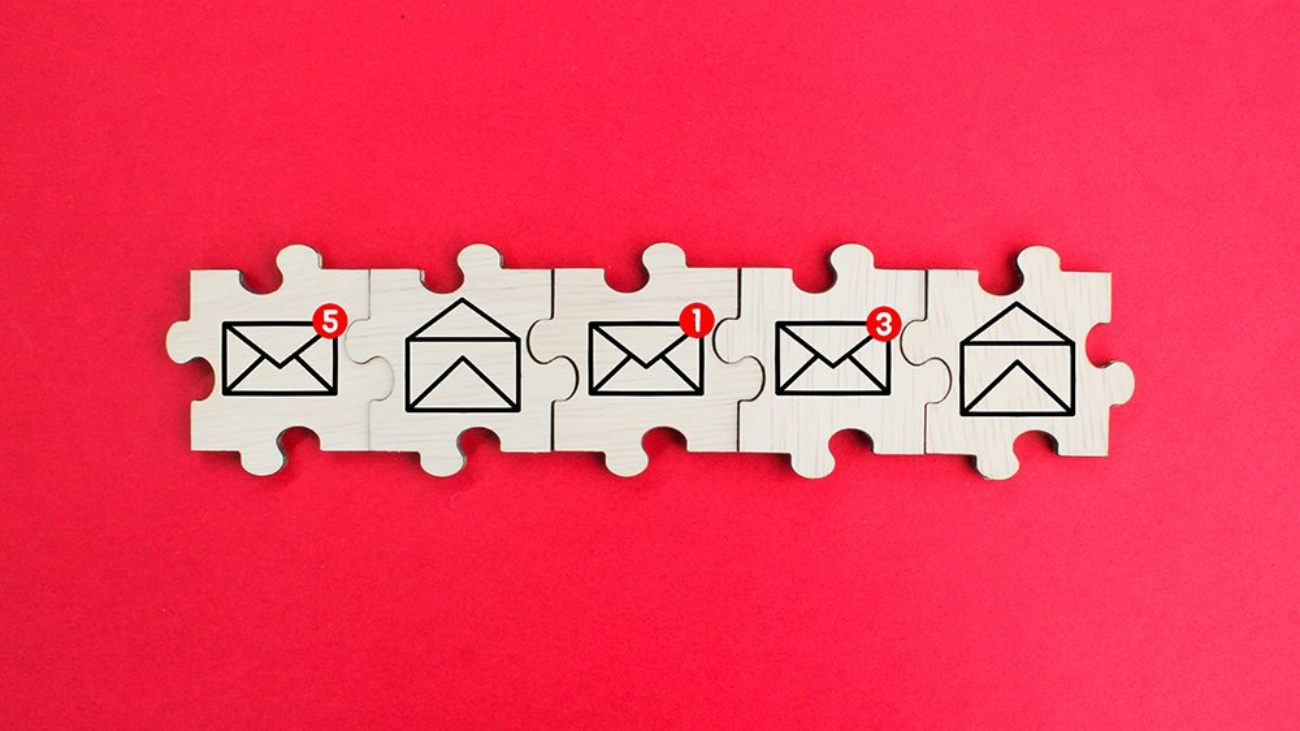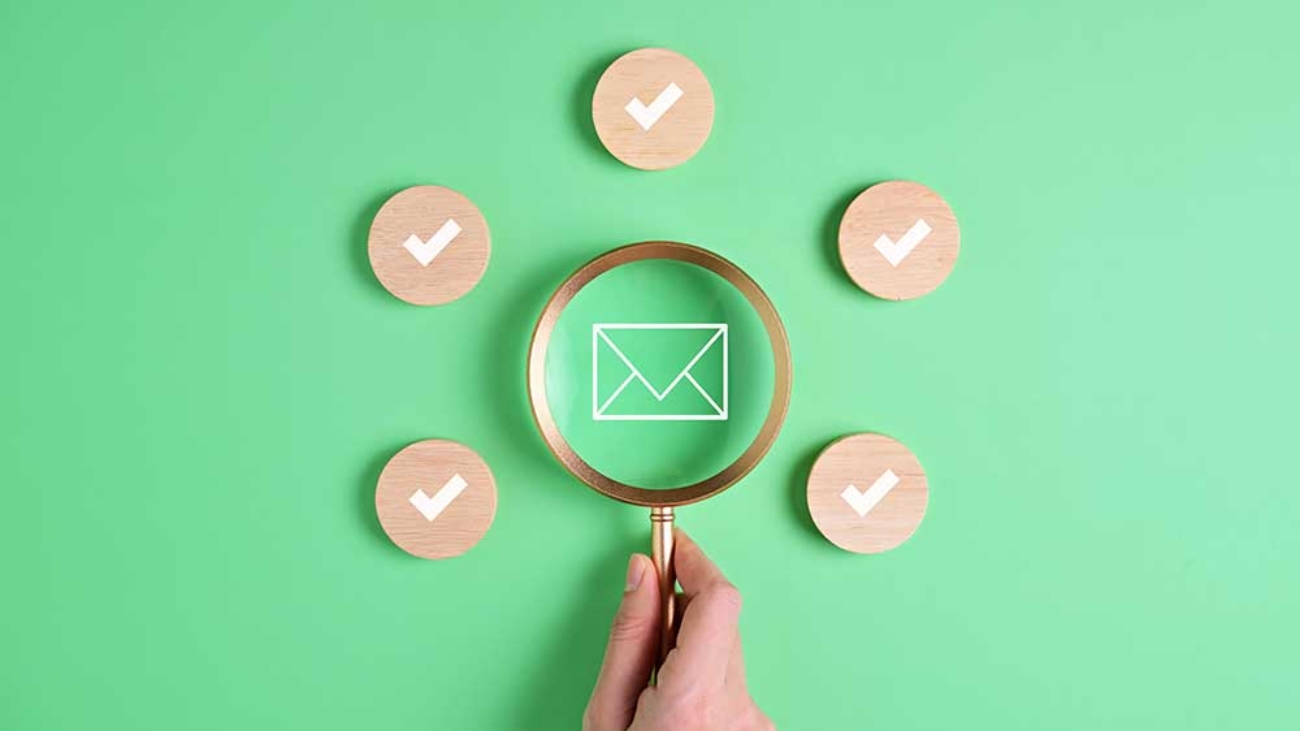Leveraging email marketing is important in today’s competitive landscape of financial leasing since customer engagement is crucial. Email marketing can significantly enhance sales performance.
Financial Leasing Companies are in a very competitive landscape where building trust and brand awareness is crucial. Although traditional marketing can be expensive and may reach a wide audience that may not be interested in leasing options, email marketing offers a more targeted and cost-effective approach to reach potential customers who may be interested in leasing options.
According to statistics, $36 to $40 for every dollar spent is the average Return on Investments (ROI) through email marketing. This makes it one of the most cost-saving marketing channels which could be beneficial to financial leasing companies. Utilising email marketing effectively by financial leasing companies can boost sales and grow the customer base.
Understanding Email Marketing in Financial Leasing
Email marketing plays an important role in the financial leasing sector by facilitating direct and personalised communication with potential lessees and existing clients. Campaigns that are tailored to match what a target audience needs can enable leasing companies to effectively gain new customers and retain the already existing ones. This can be through highlighting their specific leasing needs and preferences and addressing how your company can offer the required solutions. Personalised messaging can increase engagement and improve stronger customer relationships, which is beneficial for businesses.
Crafting Effective Email Campaigns
Successful email campaigns in financial leasing require an organised approach to audience segmentation, content creation and automation:
- Segmentation Strategy – Audience Segmentation can be done by classifying them according to the types of leases they could need (operating leases, finance leases, sales and leaseback or leveraged leases), the stages of the leasing cycles (prospective clients, active clients, renewal phase or post-lease) and demographics of the customers (business size, industry, geography or revenue). Having a good understanding of your audience enables you to clearly outline your goals and allows a given company to better connect with their target audience through the delivery of customised content and persuasive calls to action.
- Personalized Content –Customising email content to match with what each target audience segment could need depending on their interests and preferences is important. This is because it enables a company to capture their attention, gain their interest, and possibly push them to acquire your leasing services. Personalization can range from addressing specific needs or challenges in leasing processes such as emphasising the flexibility and lower upfront costs of operating leases or highlighting the eventual ownership benefits of finance leases, to highlighting tailored solutions and benefits that your audience could get.
- Automation Tools – Utilising automation for email scheduling, follow-ups and lead generation processes streamline the leasing journey since it not only saves on time but also ensures timely communication with prospects and clients, enhancing overall campaign effectiveness.
Case Study: Financial Leasing Company
A financial leasing company specialises in providing leasing solutions for commercial solar equipment across various industries. To expand its customer base and improve sales performance, the company decided to implement a targeted email marketing strategy aimed at enhancing lead generation and optimising return on investment (ROI).
Strategic Approach
–Segmentation and Targeting
The company segmented their email lists based on industry sectors (education, healthcare and manufacturing) and lease types (solar panels, solar batteries and inverters). This made them put focus on customising their email content to address specific leasing needs and challenges within each segment and how the financial leasing company could help them.
–Personalised Messaging
Each email campaign was made in such a way that ensured the delivery of tailored messages in accordance with what the email recipients could have needed and the challenges they may have had. For example, emails to small business owners emphasised flexible leasing terms and cost-effective solutions, while emails to corporate clients highlighted scalability and efficiency benefits.
–Compelling Content and Calls to Action.
The company focused on creating content that showcased how their expertise in financial leasing could benefit given businesses in specific sectors by highlighting their value proposition. Clear and persuasive calls to action encouraged recipients were used in order to ignite the recipients’ reaction to want to engage further through ways such as scheduling a consultation online or physically, requesting a quote or downloading informative resources for them to have better knowledge of what they could need.
–Automation and Follow-Up
Automation tools were employed to schedule and deliver emails at potential active times, ensuring well timed follow-ups and developing leads throughout the leasing decision-making process. Automated workflows triggered personalised responses based on recipient interactions, enhancing engagement and maintaining momentum.
Results
–Increased Lead Generation
Targeted email campaigns done by the company led to a great increase of about 20% in qualified leads within their target audience. Through delivery of relevant content and tailored messaging, they managed to capture the interest of potential lessees and initiated meaningful conversations which eventually led to some of the leads becoming the company’s customers.
–Improved ROI
Metrics such as open rates, click-through rates, and conversion rates demonstrated the effectiveness of the company’s email marketing efforts. They observed an improvement in ROI, with:
- Open Rates – Increased from an average of 15% to 25% across segmented campaigns.
- Click-Through Rates – Improved from 2% to 5% due to more relevant content and targeted calls to action.
- Conversion Rates – Rose by 25%, reflecting a significant increase in lease applications and successful conversions.
Summary
The financial leasing company’s success with email marketing shows the importance of segmentation, personalised messaging, and effective automation in driving lead generation and improving ROI within the financial leasing sector. By aligning its email marketing efforts with customer needs and industry dynamics, the company achieved growth and enhanced customer relationships, positioning themselves well in the competitive leasing marketplace.
Integrating Email with CRM Systems
The integration of email marketing efforts with Customer Relationship Management (CRM) systems enhances data-driven decision-making and improves campaign effectiveness:
Customer Insights – Making customer information and transactional data available in a single, accessible location not only allows leasing companies to tailor their email content and offers but also allows them to identify market trends and patterns. This can allow for better decision making such as coming up with new leasing products or making improvements to the existing ones, optimising the pricing strategies and satisfying customers.
Engagement – Communications to customers are delivered in a well-timed manner and with relevance based on customer interactions. Aligning messages with the specific leasing stage process and individual customer needs can potentially increase the chances of converting leads to customers.
Lead Scoring and Segmentation – Better monitoring of customer interactions, allowing for more accurate lead scoring which helps in the identification of high-potential leads such as leads from industries with higher creditworthiness or those that have a need for financial leasing services and segments them appropriately, enabling targeted email campaigns that are more likely to result in conversions.
Reporting and Analytics – CRM integration provides comprehensive reporting and analytics capabilities, offering insights into the performance of email campaigns. Data from metrics such as open rates, click-through rates, and conversion rates can be used to measure the effectiveness of campaigns such as promoting new leasing options or financial incentives allowing for more informed adjustments to strategies that can improve the campaign outcomes.
Customer Journey Mapping – Financial leasing companies can track the entire customer journey from initial contact to lease signing and beyond. This visibility ensures that marketing efforts are aligned with sales and customer service activities, creating a cohesive and seamless customer experience.
Trends and Innovations in Email Marketing for Financial Leasing
Staying abreast of the latest trends and innovations in email marketing can give financial leasing companies a competitive edge. Here are some key trends:
AI-Driven Personalization – Artificial intelligence can analyse customer data to create highly personalised email content. AI algorithms can predict customer preferences and behaviour, allowing for more precise targeting and tailored messaging. This can enable leasing companies to deliver relevant messages and offers based on past customer interactions which could result in the improvement of engagement and increase conversion rates.
Interactive Emails – Interactive emails with elements such as surveys, quizzes, and embedded videos can increase engagement and provide valuable insights into customer preferences. This approach encourages recipients to interact with the content directly within the email.
Dynamic Content – Dynamic content allows for real-time updates within an email, ensuring that recipients always see the most current information. Leasing companies can gather feedback that can enable them to better serve their customers. This can include personalised offers, inventory updates, and location-specific details.
Automation and Machine Learning – Advanced automation tools powered by machine learning can optimise email delivery times, predict customer responses, and automate follow-up sequences based on recipient behaviour. Utilising machine learning will allow leasing companies to communicate to potential and active customers at opportune times, follow-up based on a given individual’s potential preferences and improve campaign effectiveness.
Mobile Optimization – With an increasing number of users accessing emails on mobile devices, ensuring that emails are mobile-friendly is essential. Responsive design and easy-to-click buttons improve the mobile user experience.
Overcoming Challenges and Best Practices
Although email marketing offers great benefits, overcoming challenges such as email deliverability issues, spam filters and other data privacy regulations is important:
- Email Deliverability and Compliance – Maintenance of clean email lists, monitoring the reputation of the sender and ensuring data privacy regulations compliance could aid in enhancement of the delivery of an email.
- Continuous Optimization – Continuous testing and optimization of email content, subject and calls to action in order to improve engagement and conversion rates.
- Data Transparency and Analytics – Measurement of campaign performance, monitoring metrics and improving on email marketing tactics based on data insights can help in ensuring that there is data transparency which ensures trust.
Measuring Success and Key Metrics in Email Marketing for Financial Leasing Companies
Key Metrics
- Open Rates – Measure the percentage of recipients who opened the email. Higher open rates indicate effective subject lines and relevant content.
- Click-Through Rates (CTR) – Track the percentage of recipients who clicked on links within the email. A higher CTR indicates engaging content and effective calls to action.
- Conversion Rates – Calculate the percentage of recipients who completed a desired action, such as filling out a form or requesting more information. Higher conversion rates indicate effective campaign strategies and compelling offers.
- ROI – Evaluate the return on investment by comparing the revenue generated from email campaigns to the cost of running those campaigns.
Analysing Data
- Analytics tools – Use analytics tools to track and analyse campaign performance. Identify trends, strengths, and areas for improvement based on metrics such as open rates, CTR, and conversion rates.
- A/B testing – Conduct A/B testing to optimise email elements like subject lines, content, and calls to action. Test one variable at a time to determine the most effective strategies for engaging your audience.
Iterative Improvement
- Refine email marketing strategies – Continuously refine email marketing strategies based on data insights. Implement learnings from successful campaigns to enhance future campaigns and maximise results.
- Customer feedback and preferences – Incorporate customer feedback and preferences into email content and segmentation strategies to further personalise communications and improve engagement.
Conclusion
In conclusion, effective email marketing strategies tailored to the unique demands of financial leasing can significantly boost sales, foster customer loyalty, and drive overall business growth. Integration of both email campaigns and CRM systems can enable leasing companies to capitalise on the power of email to achieve sustainable sales growth and compete well in the financial leasing environment.








